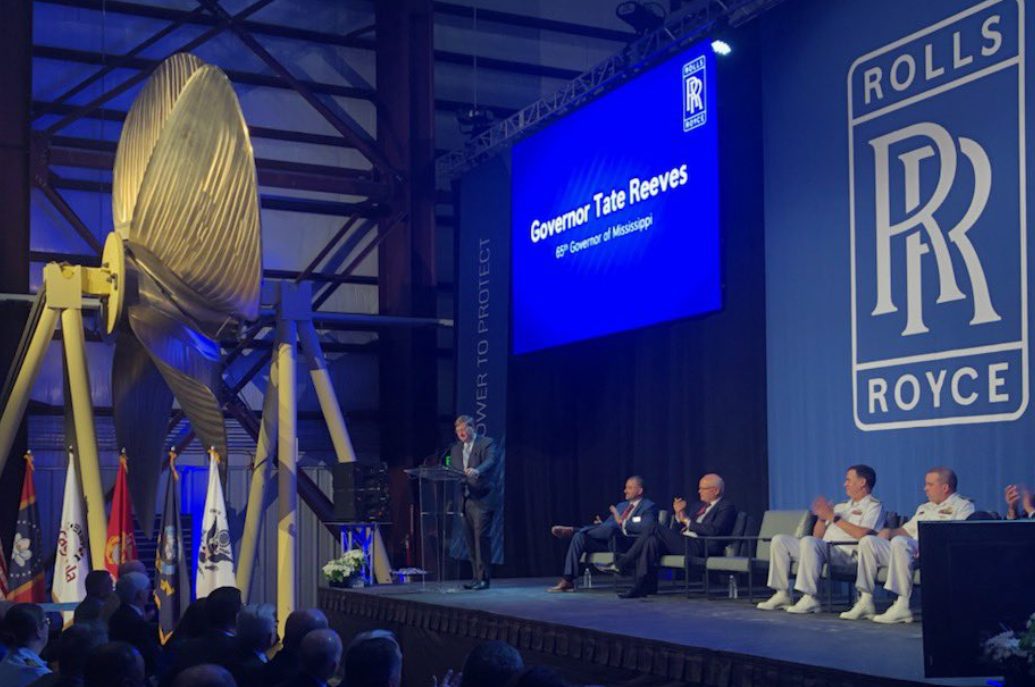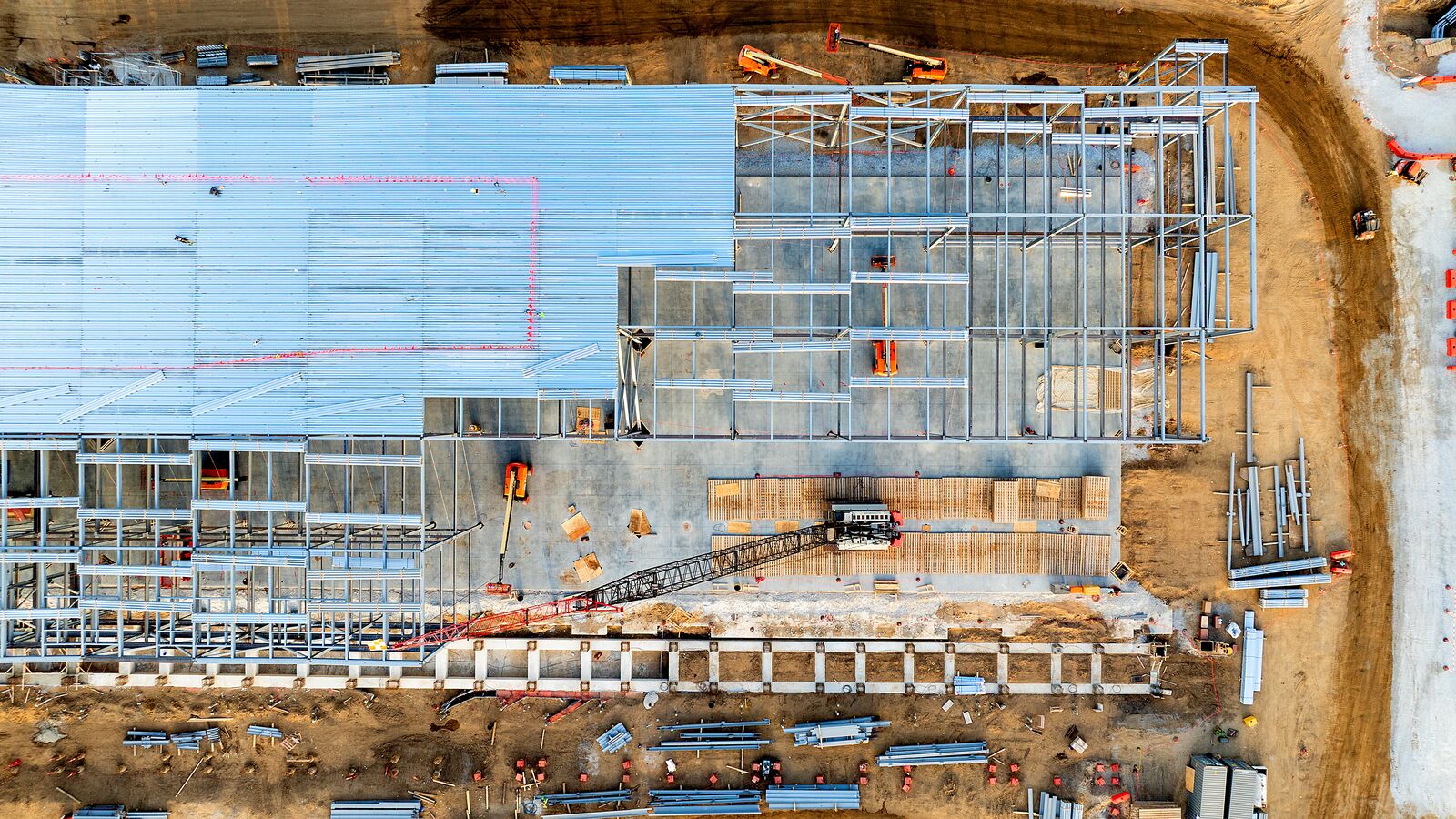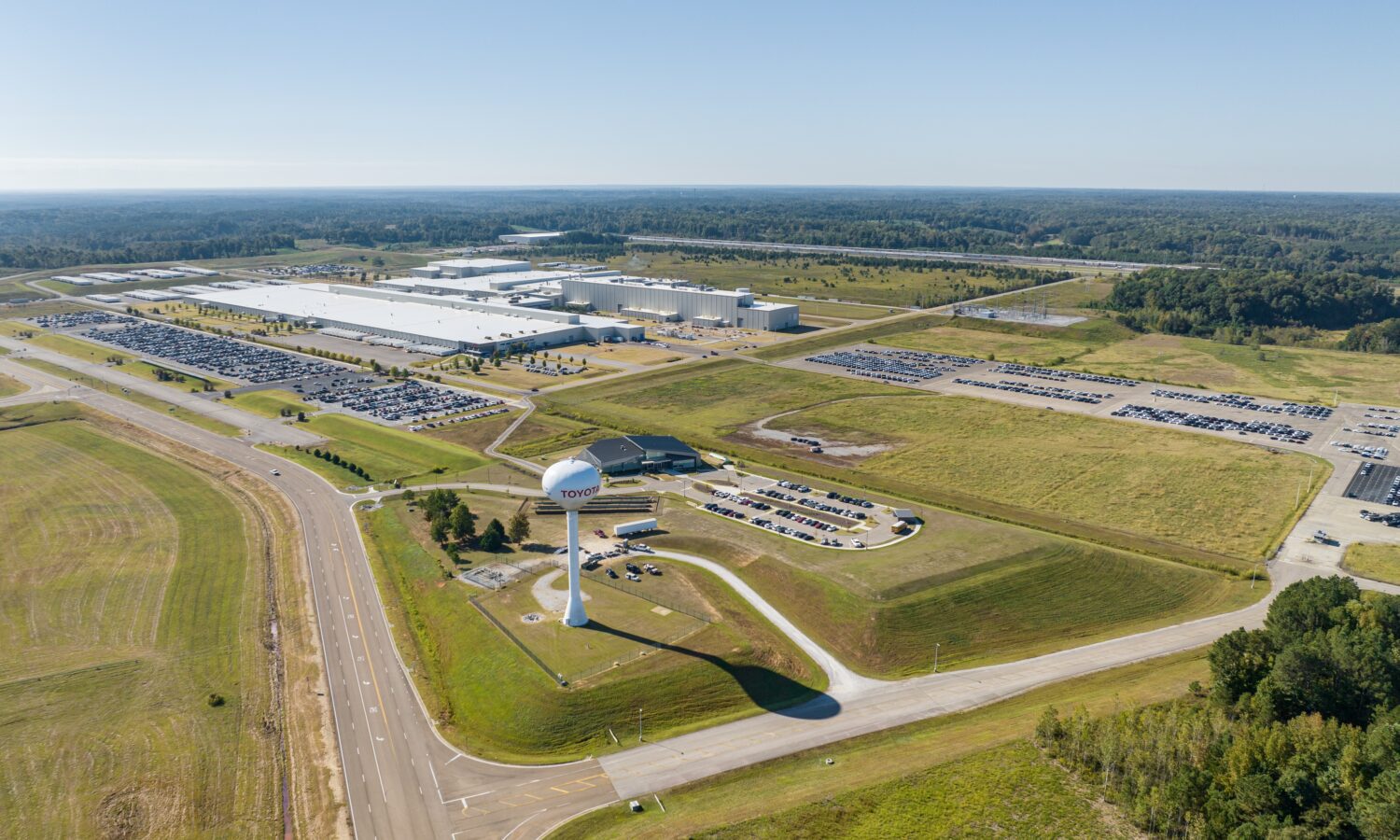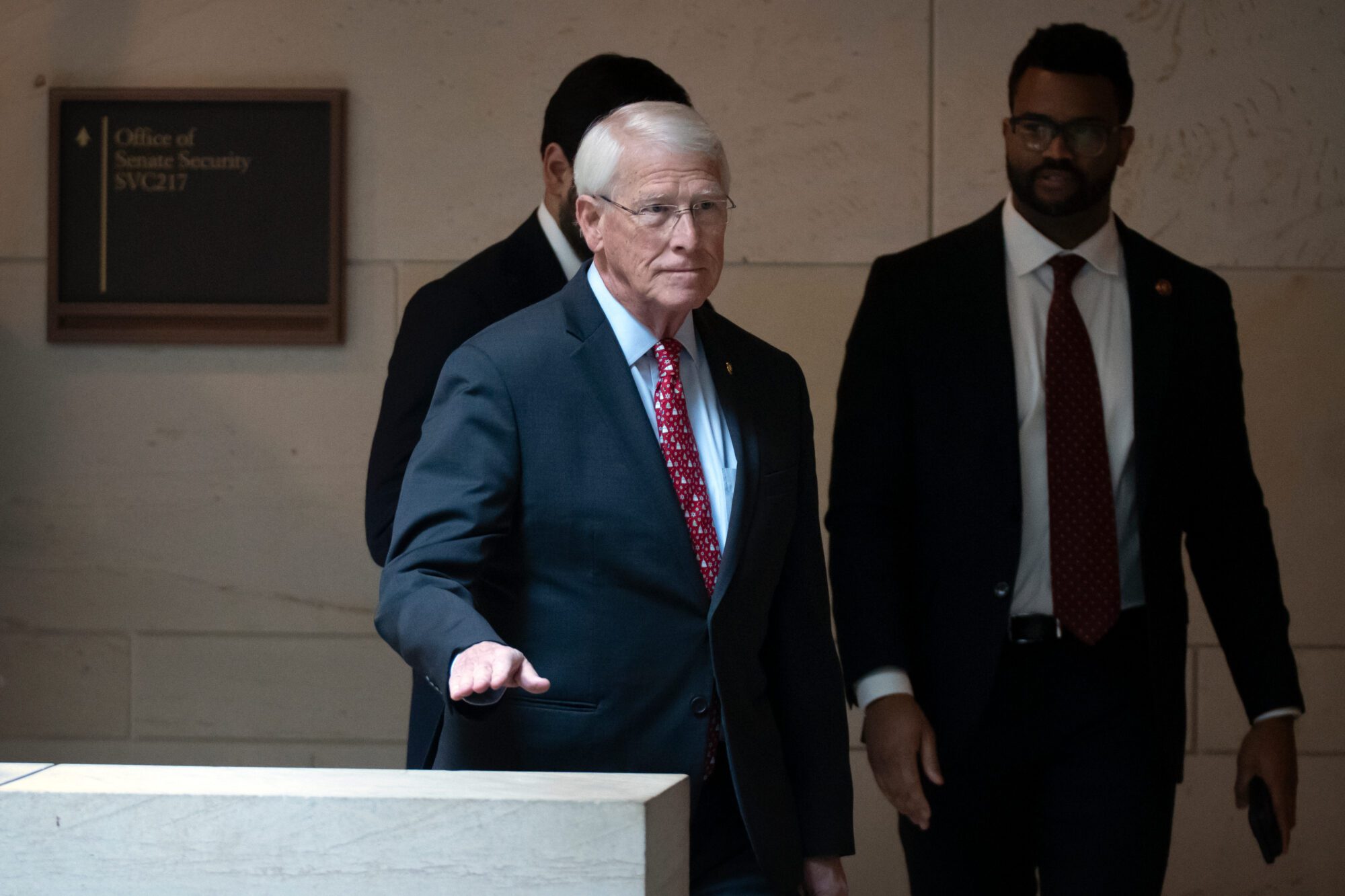
- This fifth part of an in-depth analysis of the construction industry in Mississippi highlights residential construction trends and troubles.
Workforce challenges, 2021 federal legislation that increased costs for homebuilders, and difficulties with some cities and counties about the importance of accountability are a few topics Seth Hood, executive vice president of the Home Builders Association of Mississippi, discussed with Magnolia Tribune.
What challenges do Mississippi homebuilders currently face?
Mississippi has been fortunate to avoid some of the severe residential building challenges seen in other states. However, we still face national issues such as rising interest rates, labor shortages, and increasing material costs. Additionally, Mississippi-specific challenges tend to be more regional in nature. Some of these regional challenges are lack of accountability and permitting, creating increased cost of homes and insurance for homeowners in the long run. Other challenges in different regions are overreach regulations in cities that limit growth. There’s common sense middle ground for both issues that protect the homeowner while growing the homebuilding industry.
Is the current workforce development training sufficient to meet the needs of your homebuilders? Are specific trades facing shortages?
Unfortunately, labor shortages have been a persistent issue across the state in the residential construction sector. Most trades have been affected with skilled labor, such as plumbers and trim carpenters particularly impacted. From our discussions with professionals, the challenge seems to be a shortage of willing learners rather than a lack of training opportunities.
Would you comment on the 2021 legislation (federal Energy Code changes) that increased costs for homebuilders?
You’re referring to the requirement to build new homes in compliance with the 2021 International Energy Conservation Code (IECC). Studies indicate that adhering to the 2021 IECC can add up to $31,000 to the cost of a new home, with homeowners potentially waiting up to 90 years to recoup those additional costs through energy savings. This mandate puts some real handcuffs on homebuilders and causes major problems for the housing industry. Nationally, that’s probably the biggest issue out there. (See sidebar.)
How is the residential construction industry preparing for the housing demand in Madison County, driven by the need for 1,000+ employees at the AWS data center campuses?
Based on feedback from builders in Madison County, the area has seen steady growth over the past several years, largely due to its excellent schools and the influx of businesses—AWS being just one of them. There are new developments planned based around the mega site and I believe that once AWS is fully established, we’ll witness even more significant growth in residential construction.
As a lobbyist, what’s on your wish list for Mississippi’s 2025 legislative session?
Mississippi homebuilders are fortunate to operate in a state where our legislature and statewide elected officials are supportive of our industry. They recognize the significant impact we have on the economy and the lives of Mississippians. Locally, however, we face challenges with some cities and counties that do not fully understand the importance of accountability. Without it, substandard builders can negatively impact our industry and harm families. Our primary legislative goal will continue to be maintaining good laws that promote accessible housing, ensure affordable insurance prices, and uphold a statewide standard of quality home construction.
Is there anything else you’d like to share with our readers?
We’re proud to be part of an industry that plays such a key role in achieving the American dream. We help families make the largest investment of their lives—creating homes where they can build memories and raise their children.
NABH’s Biggest Headache
The National Association of Home Builders (NAHB) issued a report April 26 showing how the new energy codes mandate is a blow to housing affordability.
“In a move that will curb new construction and harm housing affordability nationwide, the U.S. Department of Housing and Urban Development (HUD) and U.S. Department of Agriculture (USDA) have issued a final determination that will require all HUD- and USDA-financed new single-family construction housing to be built to the 2021 International Energy Conservation Code (IECC) and HUD-financed multifamily housing be built to 2021 IECC or ASHRAE 90.1-2019.
“Without adequate review and consideration of how it will affect home buyers or renters, HUD and USDA have rammed through a mandate that will do little to curb overall energy use, but will exacerbate the housing affordability crisis and hurt the nation’s most vulnerable house hunters and renters … This unreasonable trade-off for a new home buyer will do little to offer meaningful energy savings for residential homes and apartments and in fact, will make older, less efficient homes more attractive,” read the report.
“The Biden-Harris administration has set a goal of building an additional two million homes and this new policy runs completely counter to that objective,” said NAHB Chairman Carl Harris. “HUD and USDA are supposed to help the most vulnerable home buyers and renters — not price them out of the housing market. This senseless nationwide codes mandate will significantly raise housing costs — particularly in the price-sensitive entry-level market for starter homes and affordable rental properties — and limit access to mortgage financing while providing little benefit to new home buyers and renters.”
The effective date of the rule was May 28, but the compliance dates for the building code mandates are:
- 18 months after the effective date for single-family homes;
- 12 months after the effective date for multifamily projects; and
- 24 months after the effective date for homes in “persistent poverty rural areas.”
“This ill-conceived policy will also act as a deterrent to new construction at a time when the nation desperately needs to boost its housing supply to lower shelter inflation costs. Moreover, it is in direct conflict with the current energy codes in the majority of jurisdictions around the country. This will lead to a host of logistical and implementation challenges in the field and will require bringing a third party to manage the compliance process,” the report concluded.
#####











